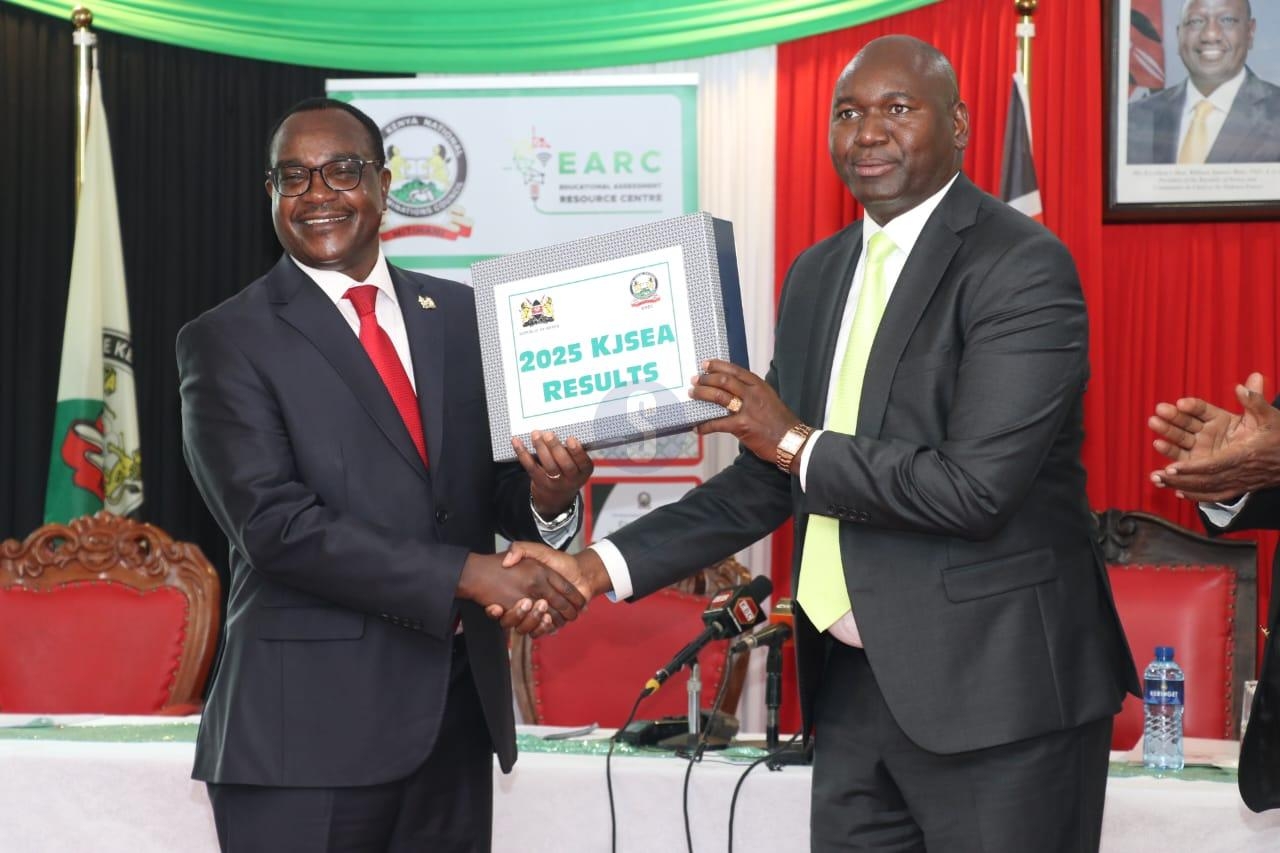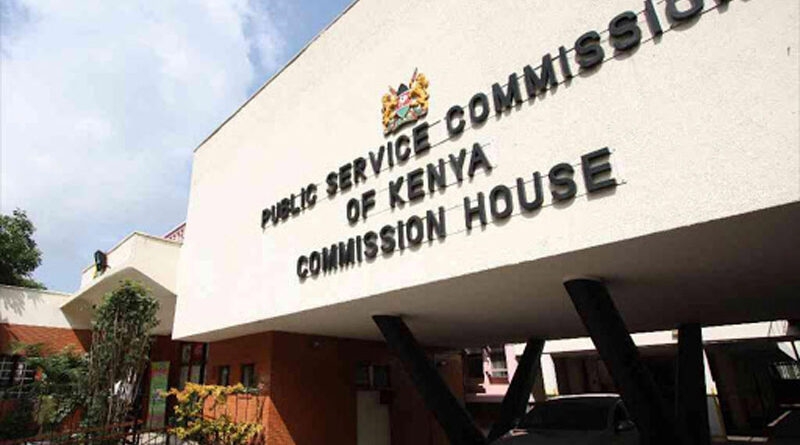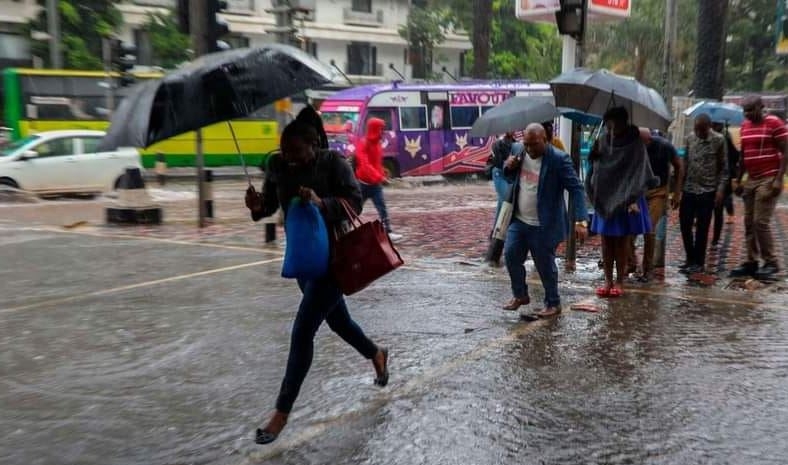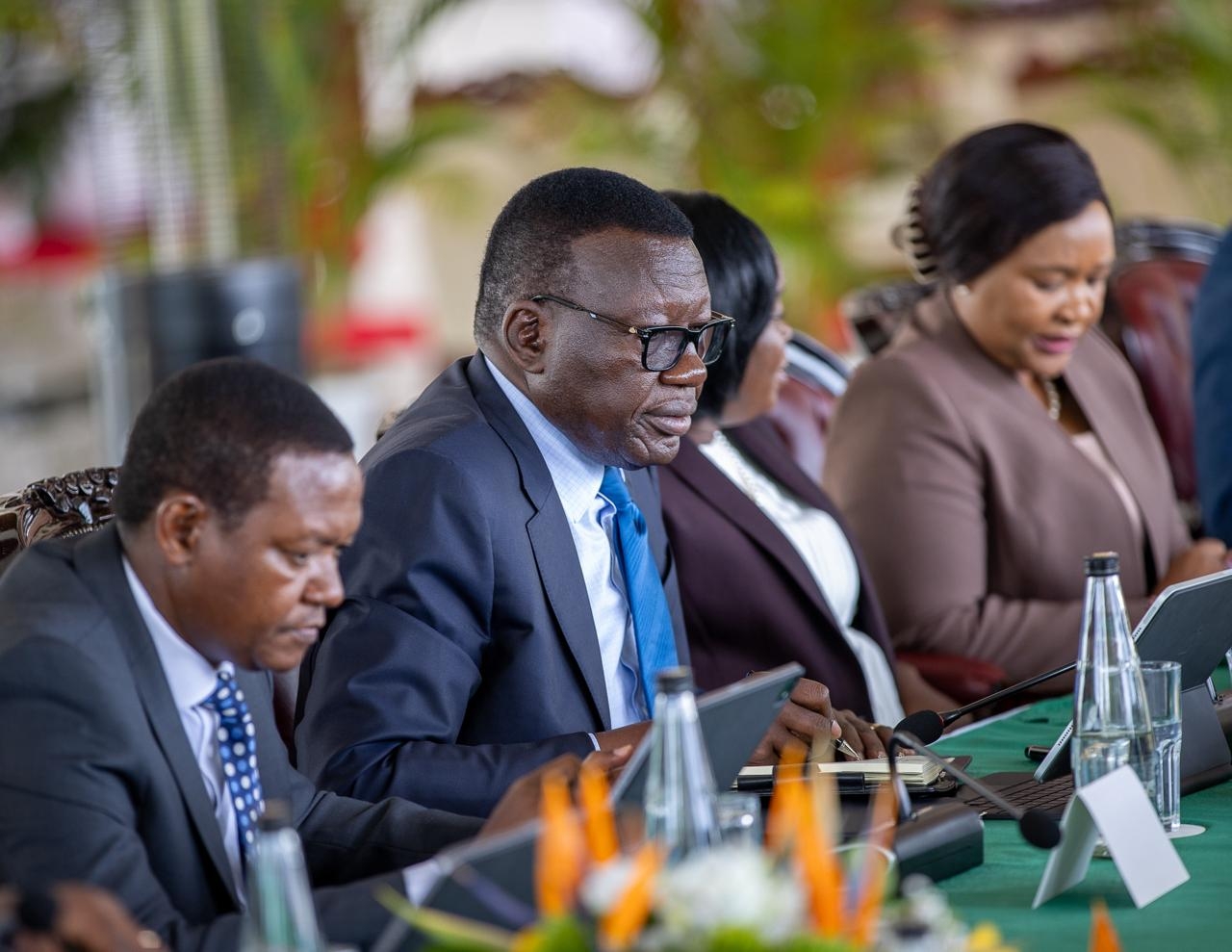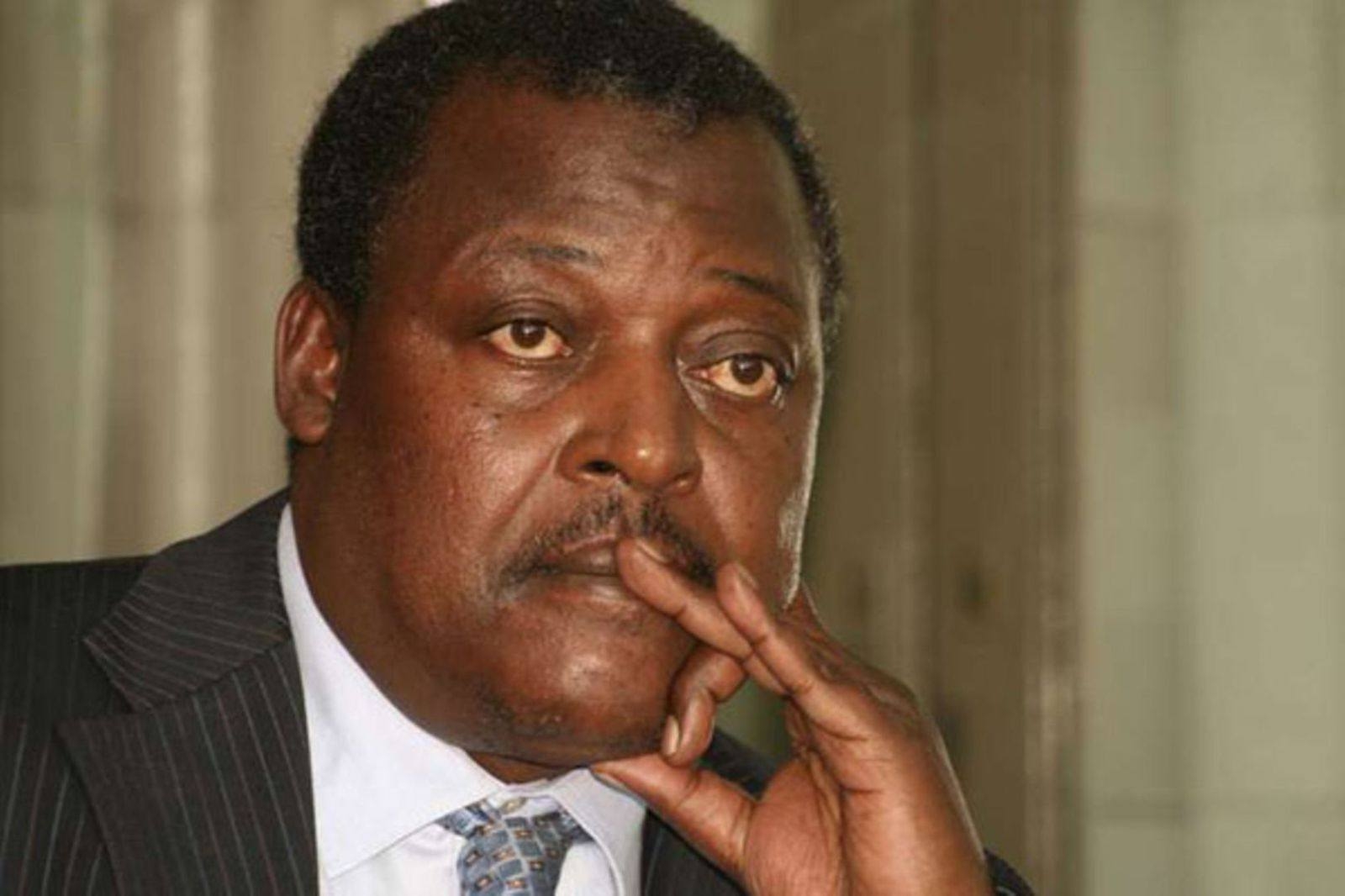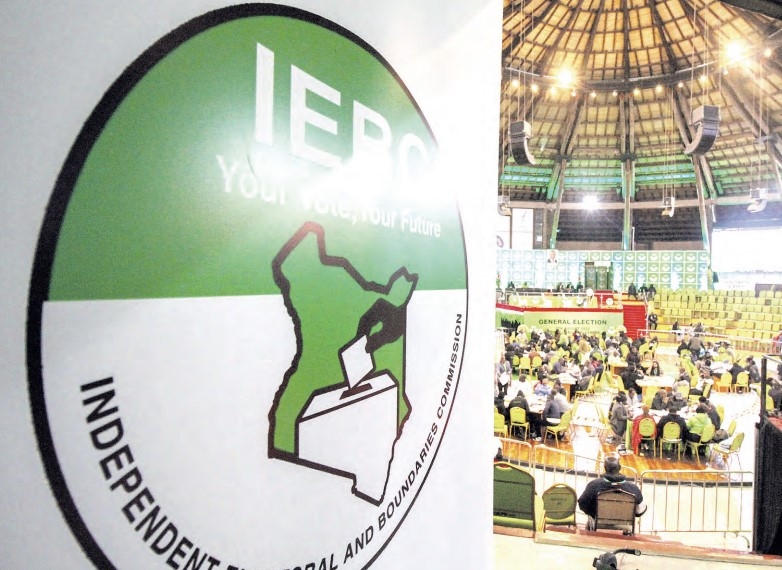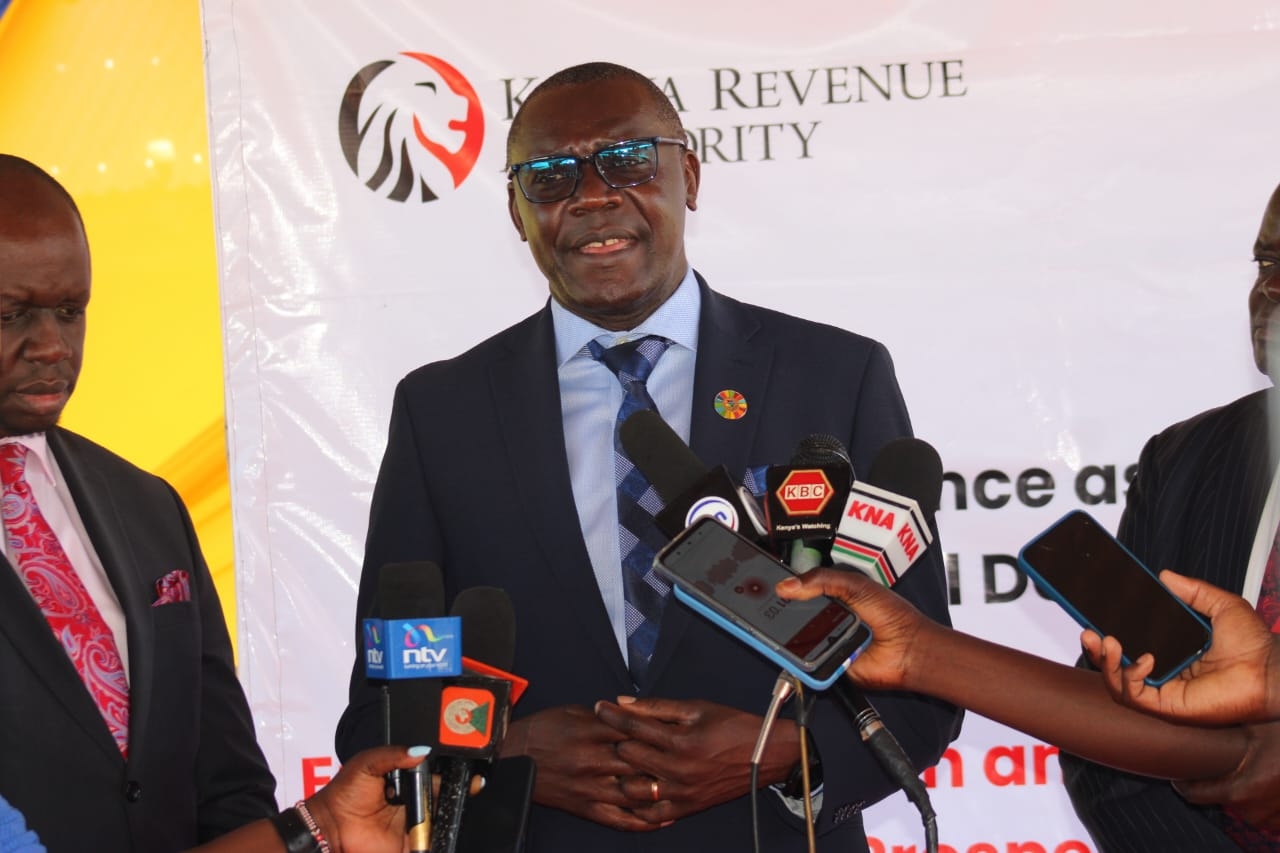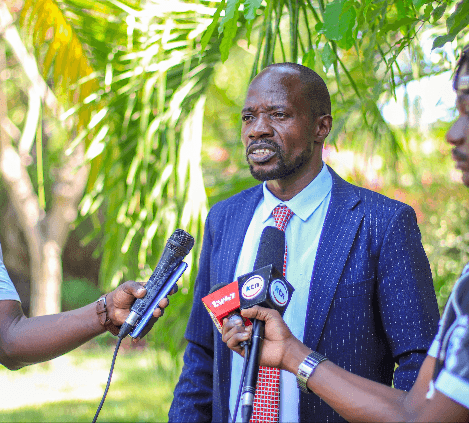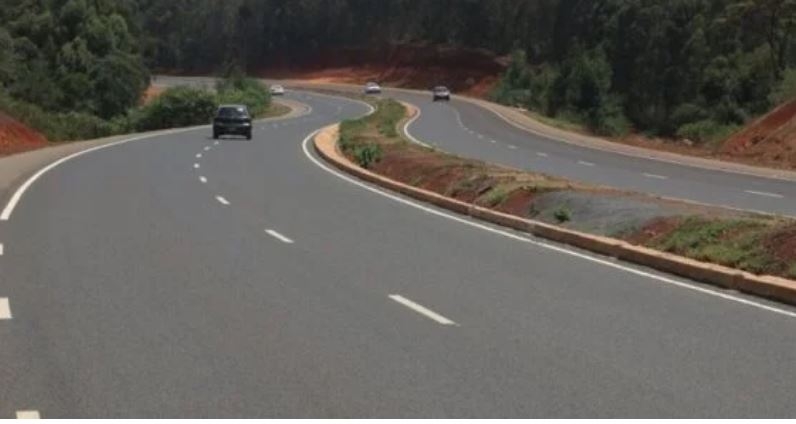
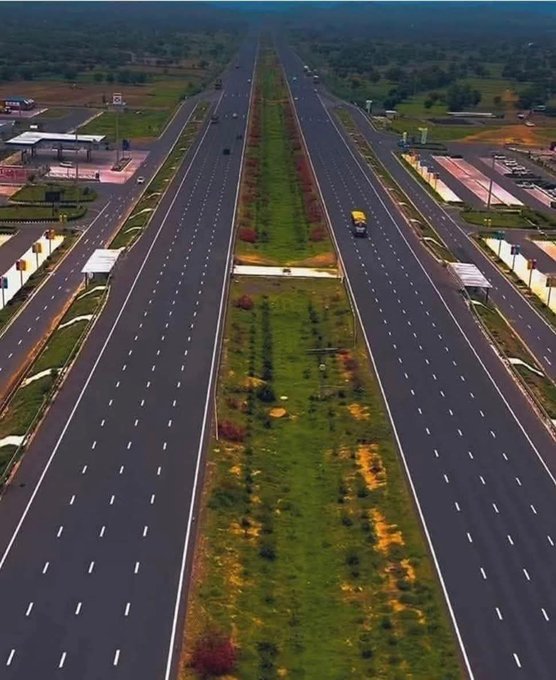
The government is to secure a free alternative route for motorists unwilling to pay the Sh8 per kilometre toll on the planned Rironi-Mau Summit expressway.
This is even as it selected a Chinese-backed consortium to build and
operate the premium highway.
The Kenya National Highways Authority (KeNHA) on Thursday
announced the China Road and Bridge Corporation (CRBC) and National Social Security
Fund (NSSF) consortium as the preferred bidder for the 175km Nairobi-Nakuru-Mau
Summit (A8) road, which will charge motorists Sh8 per km when it opens in 2028.
Critical to the project's approval is the preservation of
existing road networks as toll-free alternatives, ensuring motorists
retain choice in their travel options between Nairobi and Western.
The current A8 road will remain available as a free route,
though it will likely experience increased congestion as the new expressway is
expected to draw paying motorists away from the existing infrastructure.
“CRBC &NSSF has raised the aspect of a free alternative
as being a likely contested issue and the need for NNM to be declared a Toll
Road by the Cabinet Secretary (Minister),” the KeNHA brief says.
Nairobi Expressway has the free options as well, giving
motorists alternative routes for those unwilling to take the traffic-free option.
Additionally, the parallel Nairobi-Maai Mahiu-Naivasha (A8
South) road will see significant improvements, with sections being upgraded to
dual carriageway while remaining toll-free, providing another alternative for
budget-conscious travellers.
The expressway will implement an open tolling system with
eight stations along the route. The Maai Mahiu stretch will have two toll
stations for those who opt to pay.
“The A8 road project will start in Rironi and extend
approximately 175 Km to terminate at Mau Summit, while the A8 South will branch
from Rironi to Naivasha with an approximate length of 56.8 Km,” KeNHA said.
The road would also be fitted with traffic safety measures
to cater to fog-prone areas and steep gradients, besides improved drainage and
lighting.
The base Sh8 rate for passenger cars and 4WD vehicles will
increase by one per cent annually, a slower escalation than the competing bid's
proposed Sh10 per kilometre with a three per cent yearly increase.
The Evaluation Committee said there would be further public
participation to determine motorists' actual willingness to pay, given the
available free options.
The Sh180 billion project will operate under a 30-year
concession, with the consortium bearing the traffic and revenue risk.
This means even if fewer motorists choose the toll road
than projected, the private investors, not taxpayers, will absorb the financial
impact.
For paying motorists, the expressway promises significant
time savings, modern safety features and a 4.5km viaduct through Nakuru town
that will eliminate urban congestion.
The dual four to six-lane carriageway is designed to cut
travel time by hours during peak periods and seeks to solve the gridlock
that has seen travellers spend nights, if not days, on the stretch.
The preservation of free alternatives is likely to temper
public opposition to the toll road, though questions remain about whether the
existing infrastructure will be adequately maintained to provide a genuine
alternative to the modern expressway.
Economists suggest that the dual-option approach represents
a balanced solution, allowing wealthier motorists and commercial operators to
pay for premium services while maintaining free access for all citizens.
Before construction begins in 2026, the consortium must
complete detailed environmental assessments, provide comprehensive cost
breakdowns, and demonstrate how the free alternative routes will be integrated
into the overall transport network.
The project approval by the PPP Committee on October 9 marks
a significant step in the country’s infrastructure development, offering
motorists both premium and free travel options along one of East Africa's
busiest transport corridors.
The project has also been envisioned to create employment for the
locals, as a core objective during the construction period, coupled with training
to upskill employees.”
It would also help promote sustainable small businesses
during both the construction and operation periods, besides improved safety for all
users.
The project proposal is headed for negotiations for common
grounds on taxes and tax exemptions, a letter of support to mitigate political and
demand risks, an electronic toll collection mandate, anti-leakage safeguards, and
government support for enforcement.
Discussions on land and the associated compensation matrix are
also due for negotiations, including conditions precedent to handover of right
of way, dispute management protocol, and reliefs for access delays.



